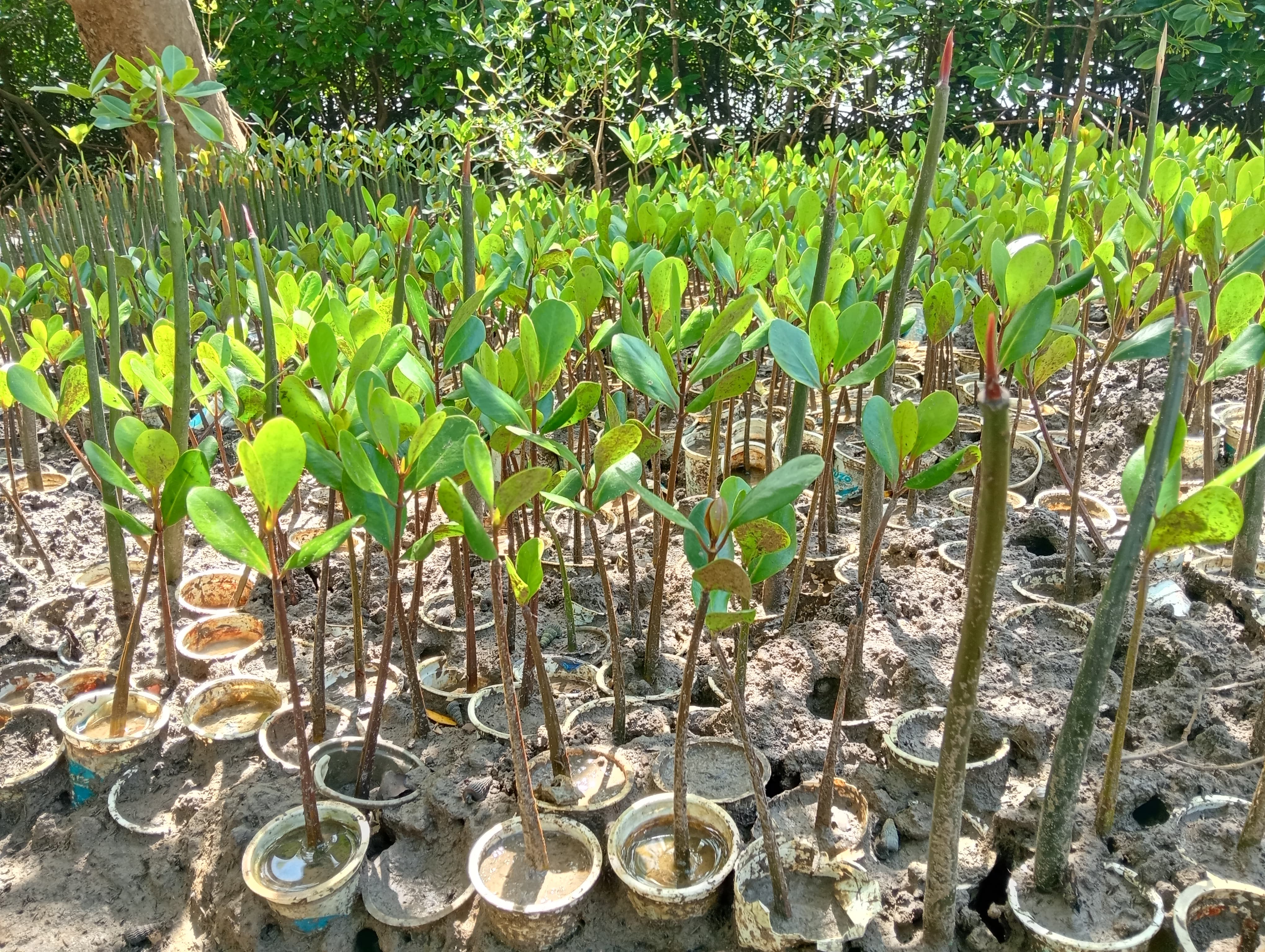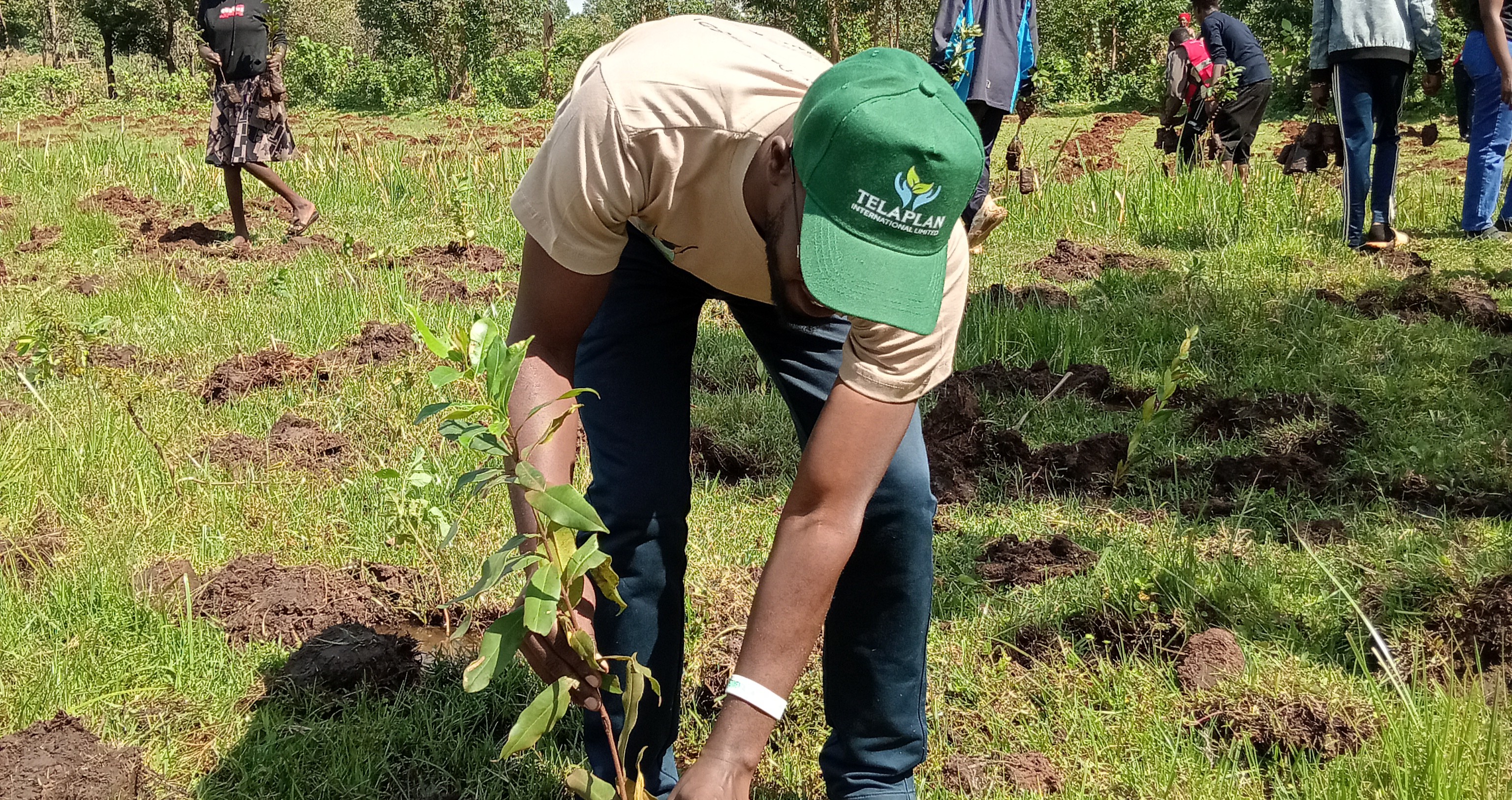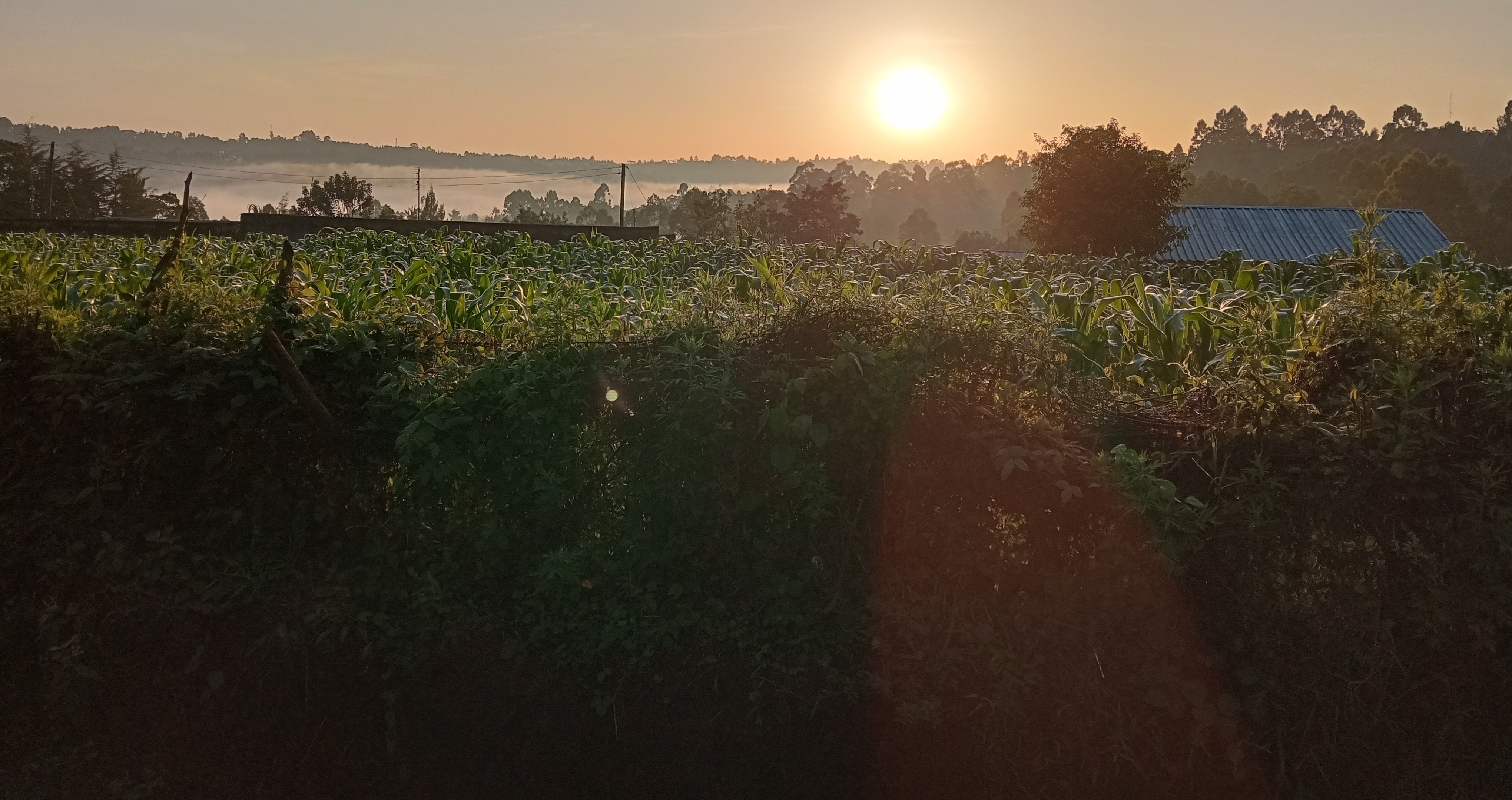Implications Of Environmental Sustainability
What is all this clamor for sustainability?
You’ve probably encountered this term as often as the sun rises from the United Nations’ Sustainable Development Goals to corporate boardrooms where ideas are evaluated against a “sustainability yardstick.” But let’s make it personal: think of a resource your life depends on, perhaps clean water, fertile soil, or breathable air. Now, imagine that this same resource is depleting and may not be available for your child in the near future. This is the essence of sustainability: meeting the current generation's needs without compromising future generations' ability to meet theirs, as defined by the United Nations.
Natural resources like soil and water are central to sustainability discussions. Climate change remains the biggest threat to these resources. Ask an elder, and they’ll recall seasons when rainfall was predictable and food was plentiful. Today, however, rising populations and declining agricultural productivity challenge our ability to meet even basic nutritional needs. Soils have lost fertility, despite our heavy reliance on inorganic fertilizers. The causes are well-known: burning fossil fuels, releasing greenhouse gases like carbon dioxide and methane, deforestation, and unsustainable agricultural practices.
How do we rally people to fight an invisible crisis already in motion? The answer lies in rethinking our everyday norms, how we commute, grow food, and dispose off waste. Through global agreements such as the UNFCCC and the Paris Agreement, and commitments like Nationally Determined Contributions (NDCs), Kenya is working to reduce greenhouse gas emissions. Domestic policies, such as the plastic bag ban, reflect an effort to align with international goals and protect the environment.
Mitigation involves reducing greenhouse gas emissions, while adaptation refers to changing our behavior to withstand climate impacts. Mitigation, in particular, has proven highly effective, not only reducing current emissions but also preventing future ones. One impactful method is tree growing, as trees act as carbon sinks, absorbing CO₂, producing oxygen, and storing carbon in their biomass. Kenya’s 15 Billion Trees Campaign is a bold national effort in this regard. It also incorporates Measurement, Reporting, and Verification (MRV) to enable access to international climate financing, such as the Green Climate Fund.

A shining example of local climate action is the Kiptapkei Environmental Community-Based Organization in Nandi. This CBO supports the national Jaza Miti agenda using a culturally rooted approach, totemic conservation. Their model involves establishing community nurseries that grow and transplant indigenous tree species along wetlands and riparian zones. The initiative was inspired by the desire to restore the habitat of the vervet monkey, a totemic symbol for the Kiptapkei clan of the Nandi community. By blending conservation with heritage, the CBO not only restores degraded ecosystems but also creates a livelihood for its members. A token-based reward system further empowers the community and encourages participation.
As we align our lifestyles with environmental goals, it is crucial to tap into the financial opportunities of the green economy. Youth, in particular, have the chance to attract venture capital and grants for eco-innovative projects that generate jobs while safeguarding the planet. This is a rallying call to everyone—individuals, institutions, and communities to embrace sustainability and care for our environment with urgency and creativity.
This call to action aligns closely with the mission of Telaplan International, a firm that integrates sustainability into every stage of environmental and social project planning. Through community-driven Environmental and Social Impact Assessments, climate adaptation planning, stakeholder engagement, and afforestation support, including MRV for carbon projects, Telaplan ensures that the very principles highlighted are implemented on the ground. The work of Telaplan bridges policy and practice, blending scientific expertise with indigenous knowledge to support lasting environmental stewardship across Kenya and beyond.
By Duncan Katam, Community Conservation Specialist







